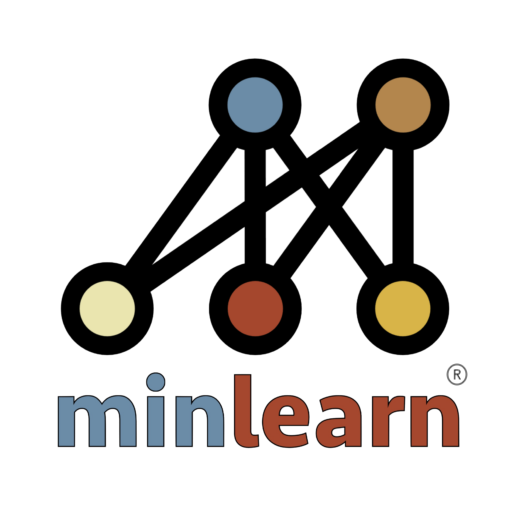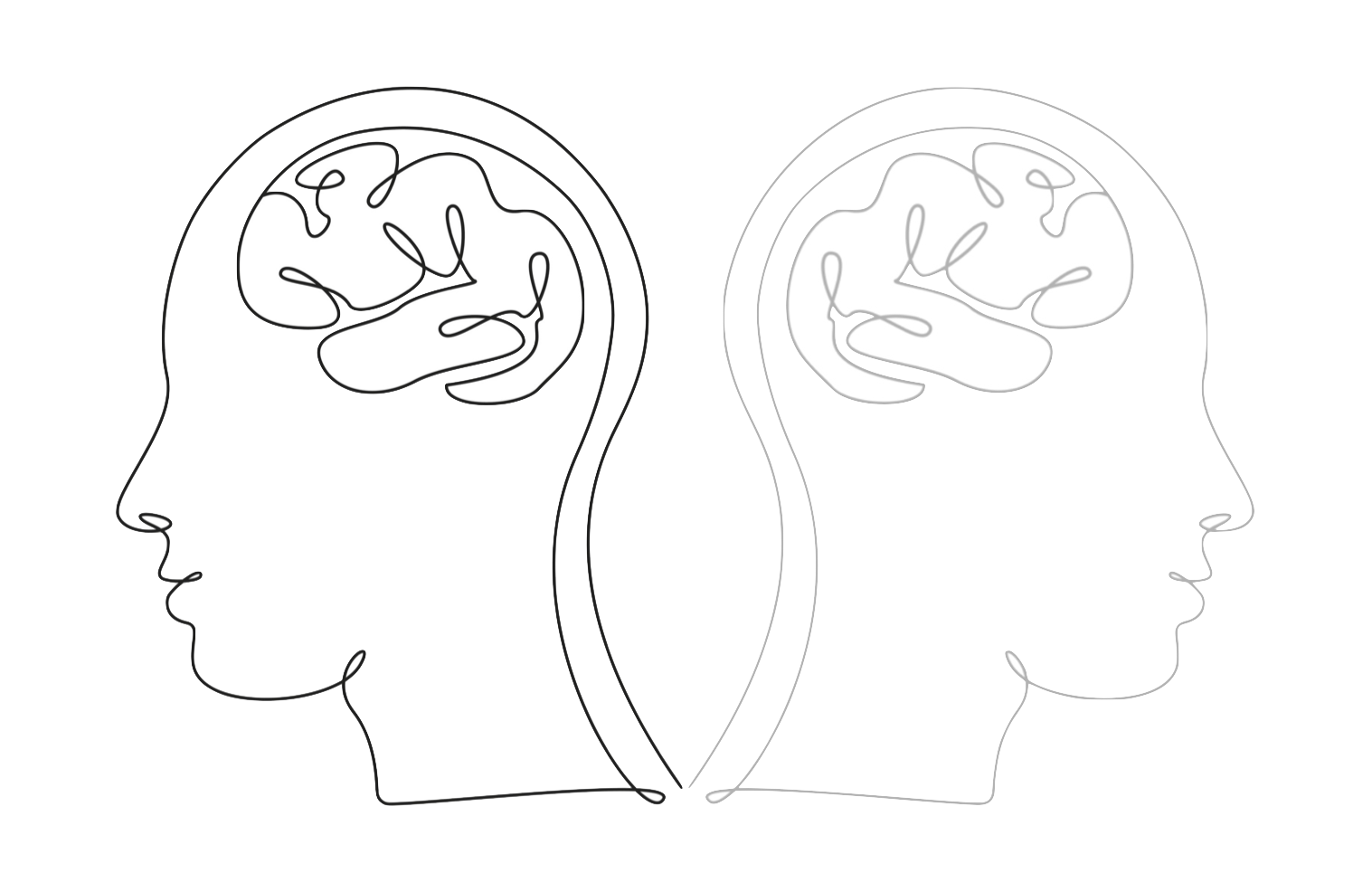TLDR: Technologies are more useful if they create deep, personalized representations of a student’s knowledge and simulate how they learn. This is accomplished by digital twin technology applied to human learning. Digital twinning involves simulating what the learner knows and how they know it, which then allows for prediction about what they should learn next.
…
We all benefit from someone looking out for us. Learning technology should do the same. One way to accomplish this is by using technology that creates deep, personalized representations of individual users, how they are learning, and what would benefit them next in their learning process. This is made possible through digital twin technology applied to human learning.
The idea of a “digital twin” has been around for a while. It is based on an engineering concept: replicate a physical system and allow the replica model to take in data in a way that approximates the real physical (or cognitive) system. As a result, you can perform experiments on the model in order to understand its behavior and ways to intervene on it when it is experiencing adversity. The term was coined by people at NASA who saw the value of this type of simulation and experimentation related to space travel, though the idea itself has been around longer.
We apply the concept to human learning and vocabulary knowledge: model what the student knows and how they know it. As a result, you can uncover words that are useful for them to learn (and words that aren’t) just from the simulation – so you don’t have to bother the learner directly with the experimentation. That’s what the model is for.
In reading vocabulary this requires a few important ingredients. First, the twin technology requires information about what the student knows over time. This involves having some data about the words that a student knows how to read and those that the student doesn’t. These are provided as inputs to the twin system. This data can come in the form of informal observations, like from listening to your child read a book, or formal ones, like from an assessment of word reading skills.
Second, the twin system takes that data and experiments with the learning process using the underlying learning model. This can involve any number of processes. Most simply it involves simulating a variety of different learning experiences (ensembles of words, and other language elements) and finding the ones that push the learners knowledge in the right direction, and those that don’t.
Finally, you can analyze the state of the learning system and identify for an individual learner what they should do next with the predictions from the twin system. This might be as simple as giving back a set of words that the learner can learn next, or it might involve more complex analytics – like capturing the overall state of the learners knowledge and how it lives in the digital twin.
In summary, in order to deeply understand the learning process of a particular individual you should use a computational system that takes in data relevant to the experiences of the individual, simulates their learning, and experiments with different learning experiences to search the different possibilities for enhancing their learning process. This type of useful, dynamic modeling is captured by digital twin technology, which can be a powerful educational tool to understand the learner and push their knowledge in the right direction.

